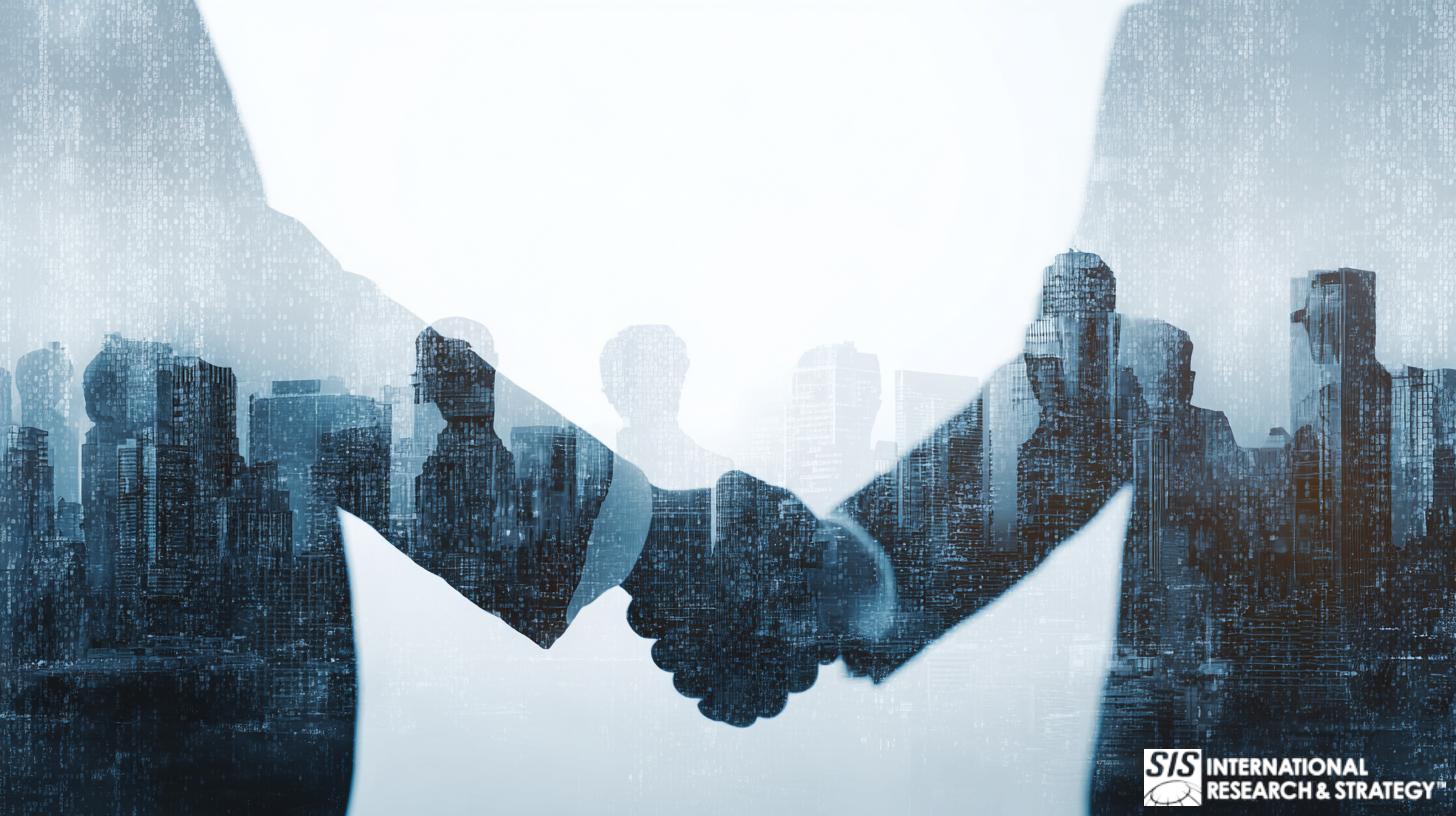
企業はコスト圧力にさらされています。
With the rise of Digital Disruption, the Commoditization of industries, and Globalization with competitors worldwide, businesses are increasingly finding ways to reduce their cost structure. Many companies can boost profits by increasing their top-line revenue. This article will focus on simple ways to reduce the bottom-line cost structure in many businesses.
効率的な照明の設置
Replacing traditional lightbulbs with Carbon Fluorescent light bulbs can reduce the amount of energy used. This can mean lower energy bills. While the cost of these CFL lightbulbs is initially higher, the subsequent monthly energy bills can decrease. SIS replaced its lightbulbs with CFL lightbulbs. None of our employees could tell the difference between the new and old lightbulbs, as the new lightbulbs worked very well. More importantly, SIS International realized double-digit average monthly energy savings.
ペーパーレス化
Secondly, companies can buy and use only recycled paper. Many employees print out documents that contain mistakes like a mistaken page break or irrelevant papers during a print run. These employees can create a pile next to their printer with which they can reuse the reverse side of the page. This carries cost benefits for companies that seek to limit their operational costs. Simultaneously, they can create a competition among employees and divisions to discard less paper.
Creating competition among departments has been extremely effective for BP, which has been able to boost efficiency through creating personal accountability and interdepartmental competition. Companies can also present deliverables online, instead of on paper. Employees can add a reminder in their emails to prevent their recipients from printing emails. If companies have old printers and wish to replace it, they can consider “Energy Saver” printers that can provide long-term cost advantages.
新聞を定期購読している企業は、オフィスでオンライン新聞を注文できます。効率性を高めるために、従業員は自分の電子メールに配信される「電子メールアラート」を受け取ることができ、紙を無駄にすることなく情報を吸収できます。
Companies can also get rid of paper cups, plastic plates, knives and napkins in their kitchens. They can do so by investing in mugs. Less trash may be generated, saving expenditures on these utensils, trash bags, and your cleaning staff.
ウォーターボトルを避ける
ボトル入りの水の代わりにウォーターディスペンサーや給水器を設置すると、石油や温室効果ガスの排出によって生成されるボトルの消費量を削減できます。
デバイスの取り外し
Policies can be introduced that encourage employees to unplug devices from the wall (which, on average consumes 3-5% of total energy consumption even if you are not using the device). Furthermore, they can shut down their computers overnight and over the weekend, instead of using “Standby” settings, which still consume energy.
オフィスのエネルギー利用の向上
夏場は、エアコンをフル稼働させる代わりにブラインドを閉めると企業にとってメリットがあります。スマートサーモスタットとスマートテクノロジーを導入すれば、
出張の削減
出張は、企業が直面する最大の経費の 1 つであるだけでなく、温室効果ガスの最大の原因の 1 つでもあります。出張頻度と出張中の炭素消費活動を減らすことで、企業は競争上の優位性と「環境上の優位性」を獲得できます。
コスト面での利点は数多くありますが、炭素の影響に焦点を当ててみましょう。直行便を利用することで、企業は炭素排出量を抑えることができます。また、多くの目的地への旅行を 1 回の大規模な旅行にまとめて計画することで、旅行の要件をすべて満たすことができ、効率的に旅行を計画できます。
Project management and operations can benefit from Skype, GoToMeeting or Cisco TelePresence, which can reduce the need for face-to-face communication. Travelers can lug less baggage and stay in Green hotels, and use fewer towels.
企業は、環境に優しい航空会社とレンタカーのリストを簡単に作成できます。ヴァージン エアウェイズなどの環境に優しい航空会社は、コスト効率の高い航空運賃を同時に提供しています。従業員は、ヒースロー空港からロンドン パディントン駅まで電車で行くなど、公共交通機関と車のサービスを利用できます。企業は、燃料消費のコスト面で有利な環境に優しいレンタカー会社のリストも作成できます。
従業員の通勤の最適化
Employees in cities can benefit by taking public transportation. Aside from the environmental benefits, employees can save more money by not having to garage their cars, spending idle time in stressful traffic, and have a lower risk of an accident in getting to work. Companies are increasingly finding the importance of their employees saving their money in 401Ks, rather than spending it on oil, car loans and other expenses.
都市部以外の地域に所在する企業は、相乗りを奨励することができます。これにより、従業員間の絆が深まったり、会社の営業時間外での知識の共有が促進されるなど、波及効果も生まれます。
マーケティングを効率化する
The primary objective of marketing is to provide messaging to your stakeholders. But it is not mutually exclusive to also consider greening your marketing. Companies can limit how much paper put into direct mailers, as many consumers will automatically throw these away. Instead, companies can design “smart” direct mail that is less likely to be discarded. Simultaneously, they can create more eco-friendly promotional items. Instead of lower utility items, companies can invest in flash memory drives with their logos on it. This lowers the probability that these materials will be thrown away and also increases the amount of time your stakeholders bond with your brand and promotional item.



